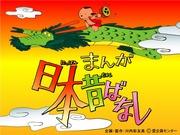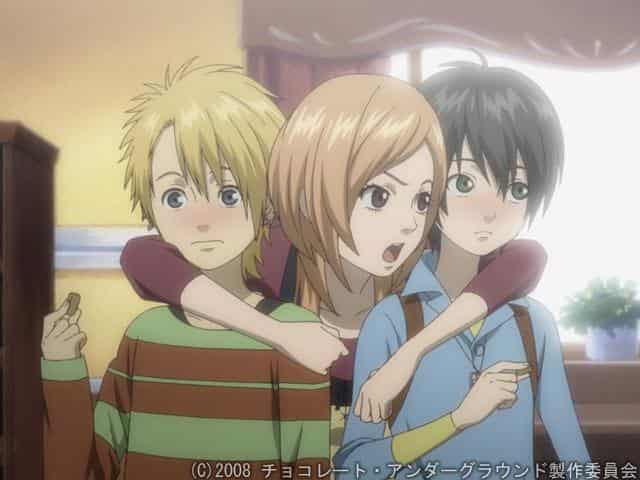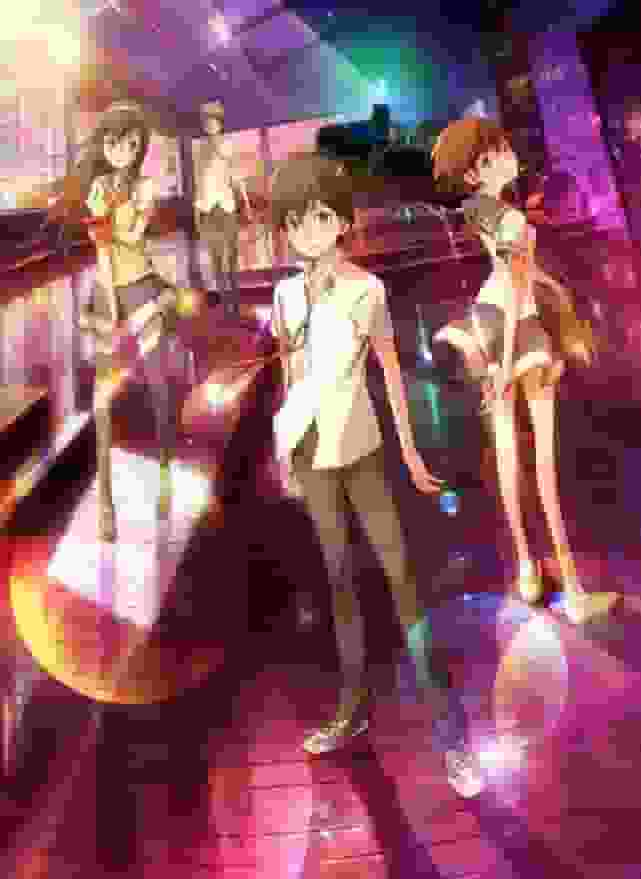The appeal and evaluation of the manga "Japanese Folk Tales": Bringing good old Japanese stories to the modern era

"Japanese Folktales": A fusion of tradition and creativity"Japanese Folk Tales" is an animated film released on March 13, 1982, which has been loved by many viewers for its unique charm and deep cultural background. The film is based on a traditional Japanese folk tale, produced by Ai Planning Center and Group TAC, and distributed by Toei. Below, we will provide a detailed review and recommendation of the film. Overview"Japanese Folk Tales" is a theatrically released animated film based on a traditional literary work. It was released on March 13, 1982 and has only one episode. The film was co-produced by Ai Planning Center and Group TAC, and distributed by Toei. story"Japanese Folk Tales" is an animated series that depicts traditional Japanese folk tales. The specific stories are based on old Japanese folk tales that have been passed down since ancient times, and each story unfolds a different tale. For example, it features folk tales that many Japanese people know, such as "Momotaro," "Urashima Taro," and "The Tongue-Cut Sparrow." These stories convey moral lessons and life wisdom, and are loved by a wide range of people, from children to adults. characterThe characters in "Japanese Folktales" vary from one folktale to the next, but they all share the same traditional Japanese clothing and scenery. For example, "Momotaro" features a brave boy born from a peach, and a dog, a monkey, and a pheasant who help him. "Urashima Taro" also features a young man who rides a turtle to Ryugu-jo Castle, where he meets Princess Otohime. These characters are simple yet unique, and leave a strong impression on the viewer. animationThe animation of "Japanese Folk Tales" is characterized by its warmth of hand-drawn animation and attention to detail. The backgrounds are decorated with traditional Japanese landscapes, and the character movements are natural and smooth. The colors also incorporate traditional Japanese color usage, making it a visually beautiful work. In particular, the scenes depicting nature and the changing of the seasons are not only visually beautiful, but also play a role in enhancing the atmosphere of the story. musicThe music of "Japanese Folk Tales" incorporates traditional Japanese instruments and melodies, and is an important element in deepening the worldview of the story. For example, the sounds of the shakuhachi and shamisen are used to express the background of the folk tales and the emotions of the characters. In addition, a different theme song is prepared for each episode, and the music changes according to the development of the story. This allows the viewer to become deeply immersed in the story. Cultural Background"Japanese Folk Tales" is based on traditional Japanese folk tales, and Japanese culture and history are deeply intertwined in its background. Japanese folk tales have been passed down orally since ancient times, and there are different variations depending on the region and era. These folk tales play a role in conveying moral lessons and life wisdom, and have also been used in children's education. "Japanese Folk Tales" also plays a role in spreading Japanese culture widely by recreating these folk tales as animations. Ratings and Recommendations"Japanese Folk Tales" is highly regarded for its unique charm and deep cultural background. In particular, it is highly regarded not only as an animation for children, but also as a work that adults can enjoy. Below, we will provide a specific evaluation and recommendation. evaluation"Japanese Folk Tales" is highly regarded for the following reasons:
Recommendation"Japanese Folk Tales" is recommended for the following viewers:
Related TitlesLike "Japanese Folk Tales," other animated works based on traditional Japanese folk tales include the following:
summary"Japanese Folk Tales" is an animated film based on traditional Japanese folk tales, and is loved by many viewers for its unique charm and deep cultural background. All elements, including the story, characters, animation, music, and cultural background, have been highly praised. It is also a work that can be recommended to a wide range of people, from children to adults, and is especially enjoyable for viewers who are interested in traditional Japanese folk tales and culture. Related works include "Anime Kitaro," "Anime Manga Japanese Folk Tales," and "Anime Urashima Taro." By watching "Japanese Folk Tales," you will be able to deeply understand and enjoy traditional Japanese folk tales and culture. |
<<: A Zoo Without Elephants: A unique story and fascinating characters that defy expectations
Recommend
Cat Ninja Teyandee: A deep look into the fascinating story and characters
Cat Ninja Legend Teyandeee - Cat Ninja Legend Tey...
The new animated film "Kaguya-sama: Love is War" is scheduled to be released on December 17
The new animated film "Kaguya-sama: Love is ...
A thorough explanation of the appeal of "Who is the culprit?" and the joy of solving mysteries!
Who is the culprit? ■ Public Media theater ■ Orig...
The appeal and reputation of Princess Tutu: A fusion of ballet and storytelling
Princess Tutu - A Story of Dreams and Ballet &quo...
Hollywood screenwriter questions whether Black Panther deserves an Oscar nomination: No one thinks it's really good
The black superhero movie "Black Panther&quo...
"Shaman King" new TV animation character trailer Asakura Ha debuts
The classic anime "Shaman King" is comi...
In February, the national box office exceeded 10.3 billion, and "The Watergate Bridge of Changjin Lake" ranked first
According to the Maoyan Professional Edition Weib...
"Neon Genesis Evangelion: 3.0+1.0 You Can Do It" World-Speed Release Cancelled
Following the official announcement of "Neon...
Shonen Hollywood - A thorough review of the brilliance of youth and stories of young people chasing their dreams
Shonen Hollywood - Shonen Hollywood - Comprehensi...
Road Safety in Maple Town: Evaluating the Educational and Entertainment Value of the Animation
Mapletown Road Safety - Detailed Evaluation and R...
CASETiFY and Neon Genesis Evangelion's 4-meter-tall Unit-01 will be on display at Taipei 101 for a limited time
After the well-known fashion accessories brand CA...
Yoshihiro Togashi's 35th anniversary original art exhibition "PUZZLE" new visual poster released
The new visual poster of the original painting ex...
Made in Abyss: The Golden Country of the Burning Sun has decided to make a sequel to the anime
The second season of the animation "Made in ...
Review of Kin no Yado: If you're looking for the best accommodation experience, this is the place to be!
The appeal and reputation of "Kin no Yado&qu...
"Avengers 4" took the first place in film history? Cameron said this gave him hope
In late July, when James Cameron was busy filming...








![The appeal and reviews of the movie "Puella Magi Madoka Magica [New Edition] Rebellion Story HOMURA 1st take version"](/upload/pic/12921.jpg)
